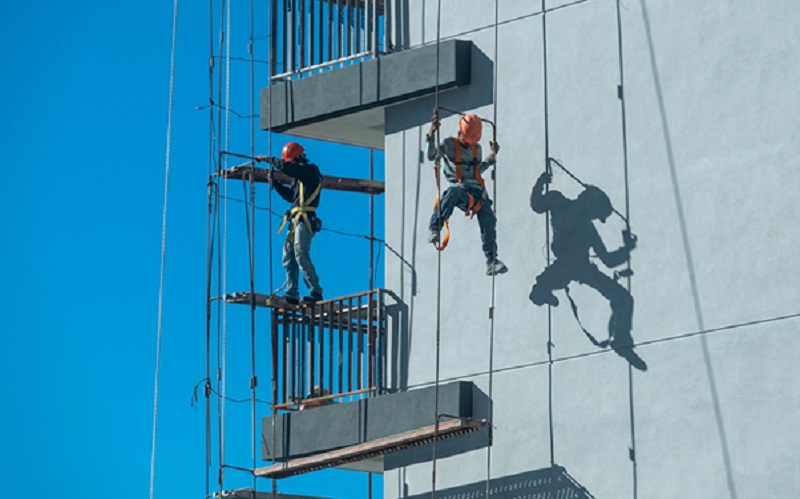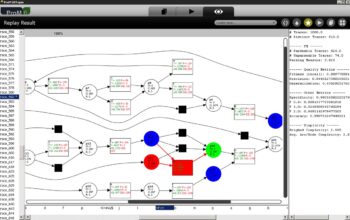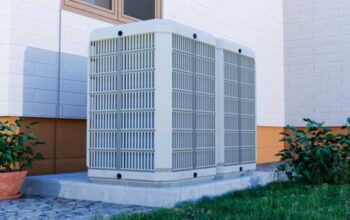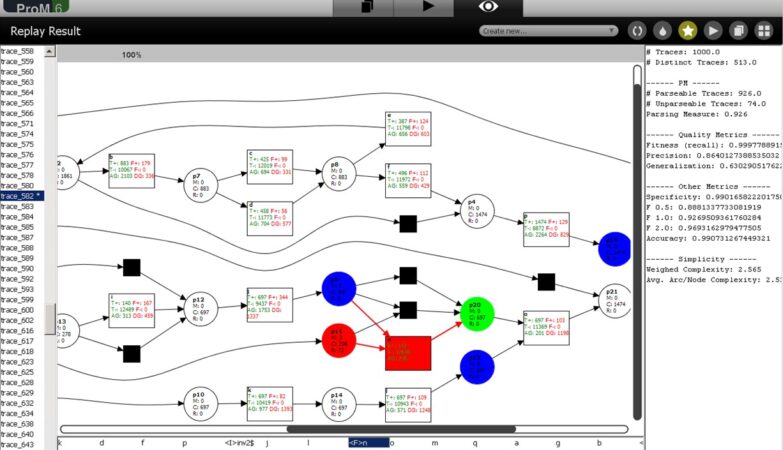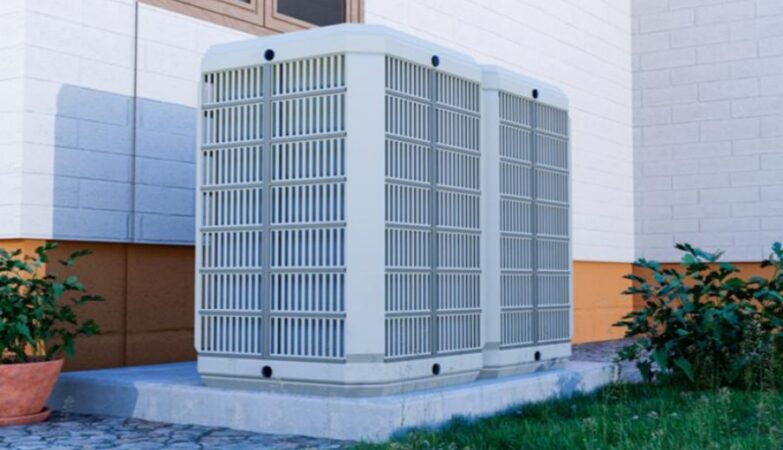Personal protective equipment (PPE) regulations require businesses to protect employees working at height from potential falls. In Singapore, this mandate is taken seriously across sectors such as construction, shipyards, utilities, and logistics. PPE safety strategies include harnesses, lanyards, helmets, and increasingly, self-retracting lifelines. These tools reduce the risk of severe injury by limiting fall distance and arresting motion swiftly and safely. They form a vital component in meeting workplace safety obligations.
Enhancing Reaction Time with Automatic Retraction
Unlike standard lanyards, self-retracting lifelines in Singapore activate immediately when a fall occurs. These systems operate like a seatbelt, locking within seconds as soon as rapid movement is detected. This swift response minimises the free-fall distance, preventing serious impact and injury. In environments where falls could occur in tight or elevated spaces, this feature is essential. By ensuring rapid action, self-retracting lifelines provide workers with confidence while performing duties at height.
Enabling Greater Worker Mobility
Workers operating at elevated sites require the freedom to move without restrictions. Traditional lanyards limit range and require regular adjustments. In contrast, self-retracting lifelines automatically adjust to the user’s movement, extending and retracting as needed. This ensures a continuous connection to the anchor point while maintaining the worker’s range of motion. The combination of mobility and safety encourages higher productivity without compromising protective standards.
Simplifying Safety Equipment Inspections
Routine inspections are essential for PPE compliance, but excessive equipment complexity can lead to oversights. Self-retracting lifelines simplify maintenance and inspection by offering clear signs of wear, locked positions, or fall indicator triggers. Many models include sealed housings that protect internal components from dust and moisture, reducing the likelihood of hidden damage. Their ease of inspection supports safety managers in maintaining rigorous compliance with fewer delays or uncertainties.
Reducing Equipment Entanglement Hazards
One of the risks associated with standard lanyards is slack, which can snag on nearby machinery or scaffolding. Self-retracting lifelines stay taut, retracting instantly when slack is present. This feature reduces trip and entanglement hazards, particularly in complex or cluttered environments. In sectors that involve moving equipment or confined spaces, this characteristic improves workplace safety and efficient task execution.
Promoting Safety Culture Through Practical Design
Workplace culture around PPE safety improves when the tools provided are functional and effective. When employees observe that equipment is thoughtfully selected to match task requirements and ensure ease of use, compliance naturally improves. Self-retracting lifelines, as part of a well-integrated PPE safety programme, send a message that safety is taken seriously. Their use not only meets technical standards but also strengthens morale and shared responsibility for safety.
Supporting Height-Specific Risk Management
Each work site presents unique fall risks based on height, structure design, and worker positioning. Self-retracting lifelines are available in various lengths and load ratings, making them adaptable to specific operational needs. Whether used in vertical drops or horizontal applications, these lifelines provide targeted protection tailored to site-specific hazards. This adaptability aligns with the broader goal of customised risk mitigation without introducing additional operational burden.
Encouraging Consistent PPE Usage
The comfort and practicality of safety equipment in Singapore can influence how consistently it is used by workers. Heavy or restrictive gear often results in neglect or improper usage. Self-retracting lifelines, being compact and ergonomic, integrate well into everyday PPE kits without excessive weight or discomfort. Their unobtrusive nature encourages workers to remain secure without sacrificing ease of movement or efficiency.
Learn More: The Importance of Emergency Safety Responses in the Workplace
Ensuring Alignment with Local Compliance Regulations
In Singapore, workplace safety legislation under the Workplace Safety and Health Act outlines the requirement for fall prevention systems where fall hazards exist. Employers must demonstrate that they have adopted the most suitable equipment to prevent injury. The use of self-retracting lifelines aligns with these expectations by meeting or exceeding performance requirements. Their implementation signals organisational commitment to safety and regulatory adherence.
Minimising Downtime During Emergency Responses
In the event of a fall, fast recovery and minimal injury risk are priorities. Because self-retracting lifelines limit fall distance, rescue operations are less complex and quicker to execute. Reduced suspension trauma and better accessibility support faster response times, which is critical in time-sensitive environments. A streamlined emergency approach reduces downtime and contributes to overall workplace resilience.
For more information about safety equipment, contact Ansac Technology today.


